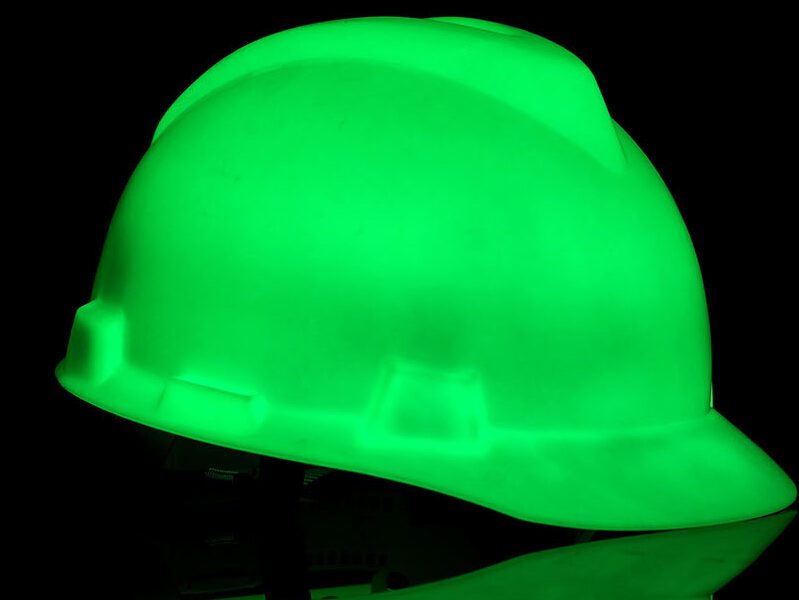
glow in the dark powder mixed with plastic
Glow in the dark powder can be mixed with various transparent and colorless plastics material, such as PP, PE, PET, PVC, ABS, PLA, PS, AS, SYRIN sarin resin and so on to create a variety of luminous plastic products.For example, you can make various glowing parts or accessories,glowing plastic cups or container by injection molding equipment or you can make glowing master batches,glowing 3D cables by extrusion machines and more!
Our factory has developed a special glow in the dark powder for applying to plastic material. Compared with ordinary glow in the dark powder, it is not easy to blacken when used for injection molding or extrusion ,and it’s brightness level is higher.
Glow in the dark powder comes in different colors and particle sizes, you need to choose one according to your application and process requirements. glow in the dark powder is non-toxic and environmentally friendly without any radiation , so you do not need to have concerns about radiation or health issue while using














